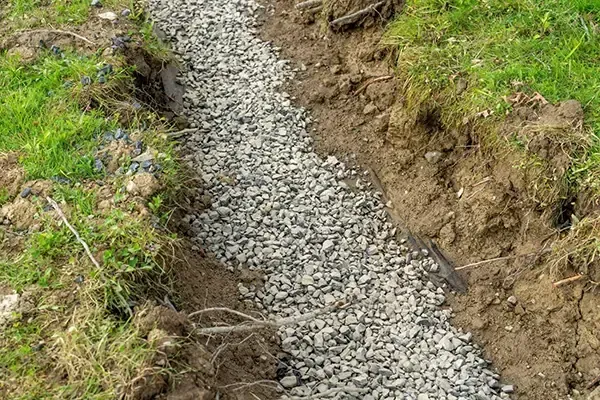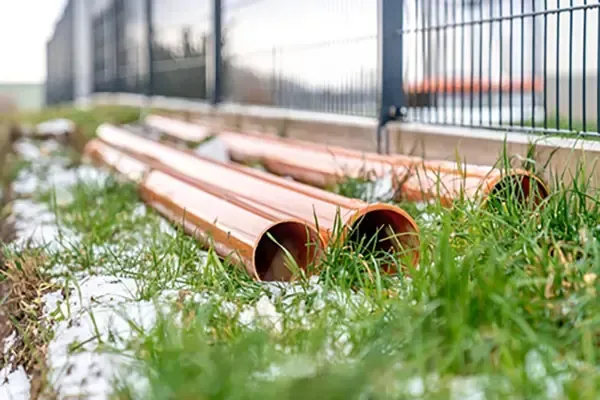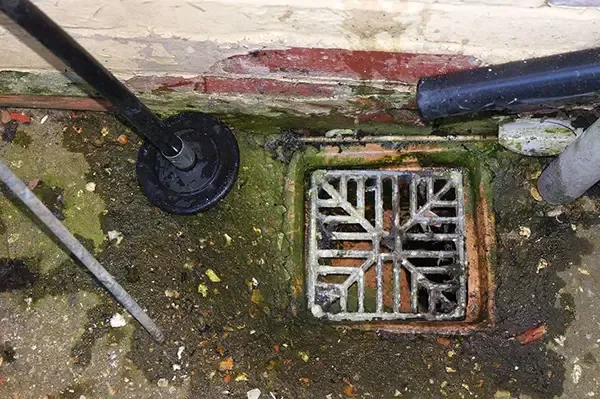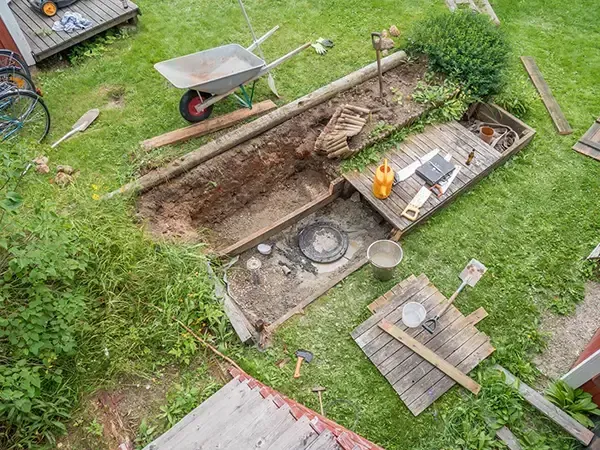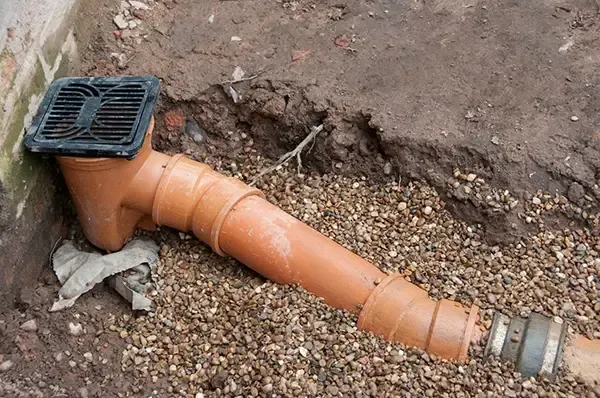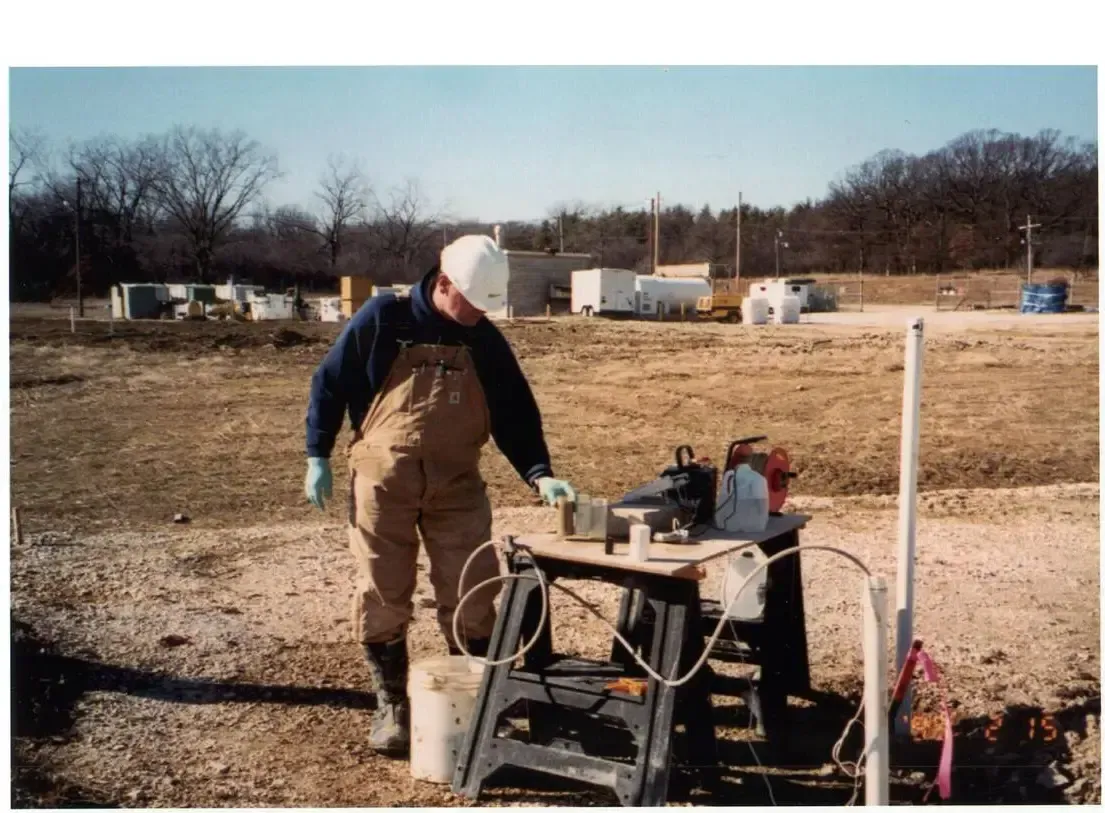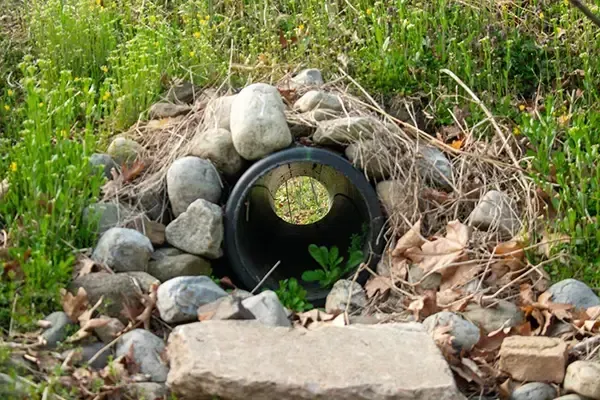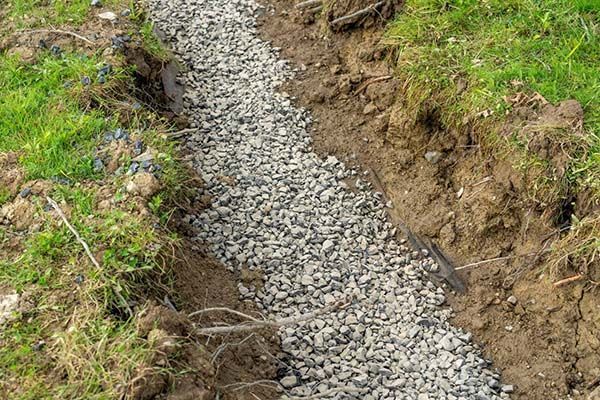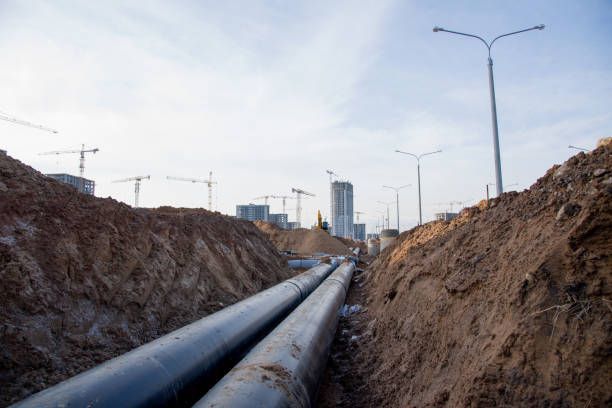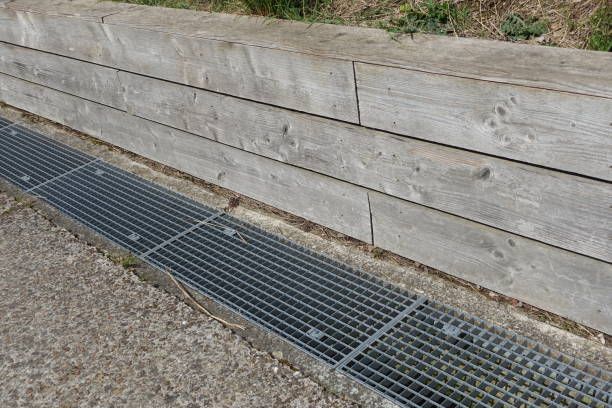Common Yard Drainage Problems and When to Call for Help
Many homeowners may not realize that common yard drainage issues can develop into significant problems if left unaddressed.
If you've observed standing water after rain or frequent gutter overflow, it could indicate more serious underlying challenges.
While some drainage concerns can be resolved with essential maintenance, others may necessitate professional intervention.
Recognizing the signs that warrant attention is crucial, as it can help you avoid expensive repairs in the future.
Understanding when to act and what steps to take is essential for maintaining a healthy yard.
Standing Water Issues
Standing water in your yard is more than just an eyesore; it can have significant consequences for your property and environment.
Causes of Standing Water:
- Poor Drainage:
- Inadequate Slope: Improper grading of the yard, where water pools instead of flowing away, is a common cause.
- Compacted Soil: Compacted soil cannot absorb water effectively, leading to runoff and pooling.
- Clogged Drains: Clogged gutters, downspouts, and drainage systems prevent water from flowing away properly.
- Landscaping Issues:
- Low Spots: Low areas in the yard can collect rainwater, creating puddles.
- Overwatering: Excessive watering can saturate the soil and lead to standing water.
- Tree Roots: Tree roots can obstruct drainage systems and cause uneven ground, leading to water pooling.
Consequences of Standing Water:
- Pest Problems: Standing water provides breeding grounds for mosquitoes, flies, and other pests.
- Lawn Damage: Prolonged standing water can suffocate grass roots, leading to brown patches and lawn damage.
- Erosion: Water can erode soil, creating uneven surfaces and potentially damaging structures.
- Foundation Issues: Excessive moisture around the foundation can weaken the structure and lead to cracks and leaks.
- Safety Hazards: Standing water can create slippery surfaces, increasing the risk of falls.
Solutions for Addressing Standing Water:
- Improve Drainage:
- Regrading: Regrade the yard to direct water away from the foundation and towards designated drainage areas.
- Install French Drains: Install a French drain to collect and redirect water away from the problem area.
- Clean Gutters and Downspouts: Regularly clean gutters and downspouts to ensure proper water flow.
- Improve Soil Drainage:
- Aerate the Soil: Aerate the soil to improve water absorption and reduce compaction.
- Add Organic Matter: Incorporate organic matter like compost into the soil to improve drainage and aeration.
- Landscaping Solutions:
- Plant Water-Loving Plants: Plant water-loving plants in areas prone to standing water.
- Create Rain Gardens: Install rain gardens to absorb excess rainwater.
By addressing the underlying causes of standing water, you can create a healthier and more enjoyable outdoor space while protecting your property from potential damage.
Clogged Gutters and Downspouts
Clogged gutters and downspouts pose a serious threat to your property, leading to a cascade of problems.
Water Damage:
- Foundation Issues: Overflowing gutters can direct water towards the foundation of your home, leading to water infiltration, soil erosion, and potential foundation damage.
- Basement Flooding: Water can seep into the basement through cracks and windows, causing flooding and potential mold growth.
- Landscaping Damage: Water pooling around the foundation can damage plants, erode soil, and create unsightly muddy areas.
Roof Damage:
- Ice Dams: Clogged gutters can contribute to ice dam formation during winter. As snow melts, water backs up behind the ice dam, potentially leaking into the attic and causing roof damage.
- Gutter Damage: The weight of accumulated water and debris can damage gutters and downspouts, leading to leaks and further blockages.
Safety Hazards:
- Falling Debris: Accumulated debris in gutters can become heavy and dislodge, potentially causing injury to people or damage to property below.
- Slippery Surfaces: Overflowing gutters can create slippery surfaces around the foundation, increasing the risk of falls.
Pest Problems:
- Mosquito Breeding Grounds: Standing water in gutters can provide breeding grounds for mosquitoes.
Preventing Gutter Clogs:
- Regular Inspections: Conduct regular inspections of gutters and downspouts, especially during and after periods of heavy rainfall and leaf fall.
- Cleaning: Clean gutters and downspouts thoroughly at least twice a year, preferably in the spring and fall.
- Gutter Guards: Consider installing gutter guards to prevent leaves and debris from entering the gutters.
- Tree Maintenance: Trim tree branches that overhang the roof to minimize the amount of leaves and debris that fall into gutters.
By diligently maintaining your gutters and downspouts, you can protect your property from water damage, prevent costly repairs, and ensure the safety and well-being of your family.
Poor Yard Grading
Improper yard grading can lead to a variety of problems, including water damage, foundation issues, and an unhealthy landscape.
Signs of Poor Yard Grading:
- Standing Water: Water pooling in low areas of the yard after rain.
- Soggy Spots: Areas of the yard that remain consistently damp or muddy.
- Erosion: Soil erosion around the foundation or in other areas of the yard.
- Foundation Issues: Water pooling around the foundation can lead to moisture intrusion, foundation cracks, and potential structural damage.
Addressing Poor Yard Grading:
- Assess the Slope: Determine the existing slope of the yard. Ideally, the ground should slope away from the foundation at a minimum of 6 inches per 10 feet.
- Regrading the Yard:
- Adding or Removing Soil:
- Add soil to low areas to increase the slope.
- Remove excess soil from high areas to improve drainage.
- Consider Professional Help: For significant regrading projects, consult with a professional landscaper or contractor.
- Install Drainage Systems:
- French Drains: Install French drains to collect and redirect water away from the foundation.
- Swales: Create swales to divert water away from the house and towards a designated drainage area.
- Maintain Drainage Systems:drainage concerns
- Regularly inspect and clean drainage systems to ensure they are functioning properly.
By addressing poor yard grading, you can improve drainage, protect your foundation, and create a healthier and more enjoyable outdoor living space.
Recognizing and addressing common
yard drainage problems is crucial for protecting your property from water damage, maintaining a healthy landscape, and ensuring the safety and well-being of your family.
By regularly inspecting your yard for signs of standing water, clogged gutters, and poor grading, and taking proactive steps to address these issues, you can prevent costly repairs, protect your foundation, and create a more enjoyable and functional outdoor living space.
Investing in proper drainage solutions and maintaining your yard effectively will not only enhance the aesthetics of your property but also safeguard its long-term value.
